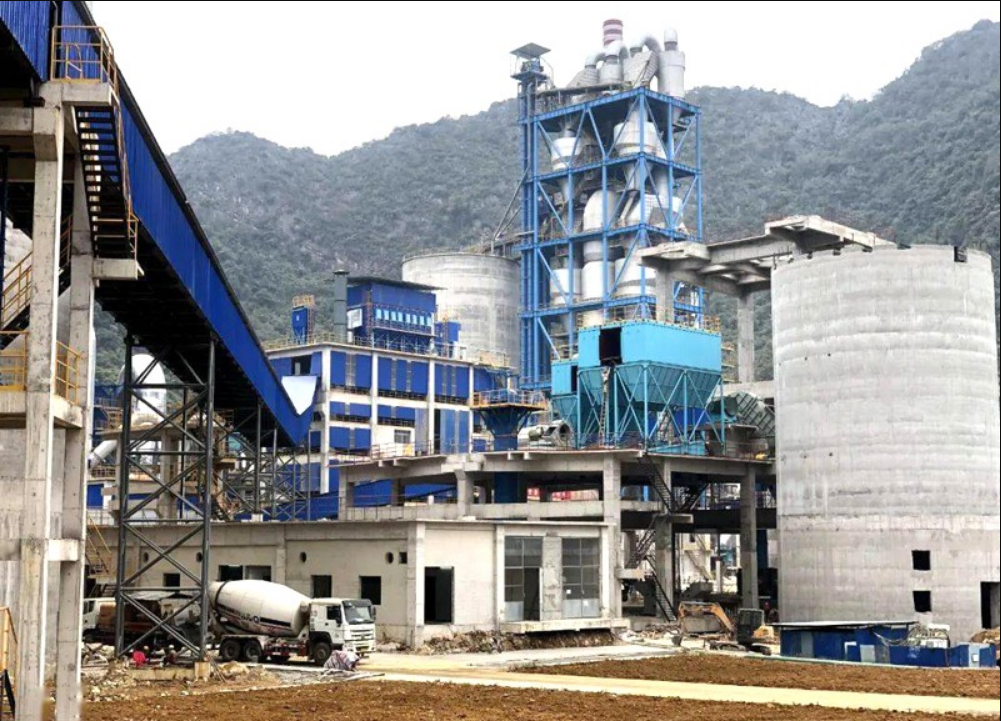Dry process cement production line
Production Capacity:It depends on the customer's process
Processing materials:Materials such as cement, limestone, gypsum, rock, stone, etc.
Power Consumption:

Production Capacity:It depends on the customer's process
Processing materials:Materials such as cement, limestone, gypsum, rock, stone, etc.
Power Consumption:
Global Heavy industry quality is good
Generally speaking, the cement industry produces Portland cement, which is a fine, usually gray powder composed of calcium (from limestone), silicates, aluminates (clay) and ferrites. People who understand the cement production process will talk about "two grindings and one burning" when talking about cement production, namely: raw material preparation, clinker calcination, and cement grinding. The process has the characteristics of large production capacity, high degree of automation, high product quality, low energy consumption, low harmful emissions, and large utilization of industrial waste.

01. Large production capacity
The cement rotary kiln used in the production line has complete specifications and can be installed and configured according to user needs. It has strong adaptability, suitable calcination temperature, high calcination quality, and can be produced continuously. The increase in production capacity can save a lot of production costs and improve economic benefits.
02. High degree of automation
Since the new dry cement production line adopts computer distributed control throughout the line, the temperature measurement and control in the production process is accurate and timely, and basically no manual operation is required. The degree of automation is high and the quality of the finished product meets the requirements.
03. Energy saving and environmental protection
The waste heat in the production process can be fully utilized, and high-temperature calcination can fully decompose and discharge toxic and harmful substances in the material, reducing harm to the human body and the environment. Not only does it make comprehensive use of waste, but it is also conducive to green and environmentally friendly production in the long run.
04. Low investment and fast recovery The entire cement production line operates smoothly and has a solid structure, which reduces maintenance costs and has considerable benefits. Customers can get an additional profit of millions of yuan
The production line mainly includes several major procedures, including crushing and pre-homogenization, raw material preparation, raw material homogenization, preheating and decomposition, cement clinker burning, cement grinding and cement packaging. The main equipment used are cement rotary kiln, MBS rod mill, cement mill, etc. The entire production line has a high degree of automation and a large production capacity, which can fully meet the needs of high-quality cement production.
The new dry process cement production line is a modern cement production method based on raw material pre-homogenization technology and rotary kiln calcination technology, with suspension preheating and kiln decomposition technology as the core. Its process is characterized by large production capacity, high degree of automation, high product quality, low energy consumption, low harmful emissions, and large utilization of industrial waste.
